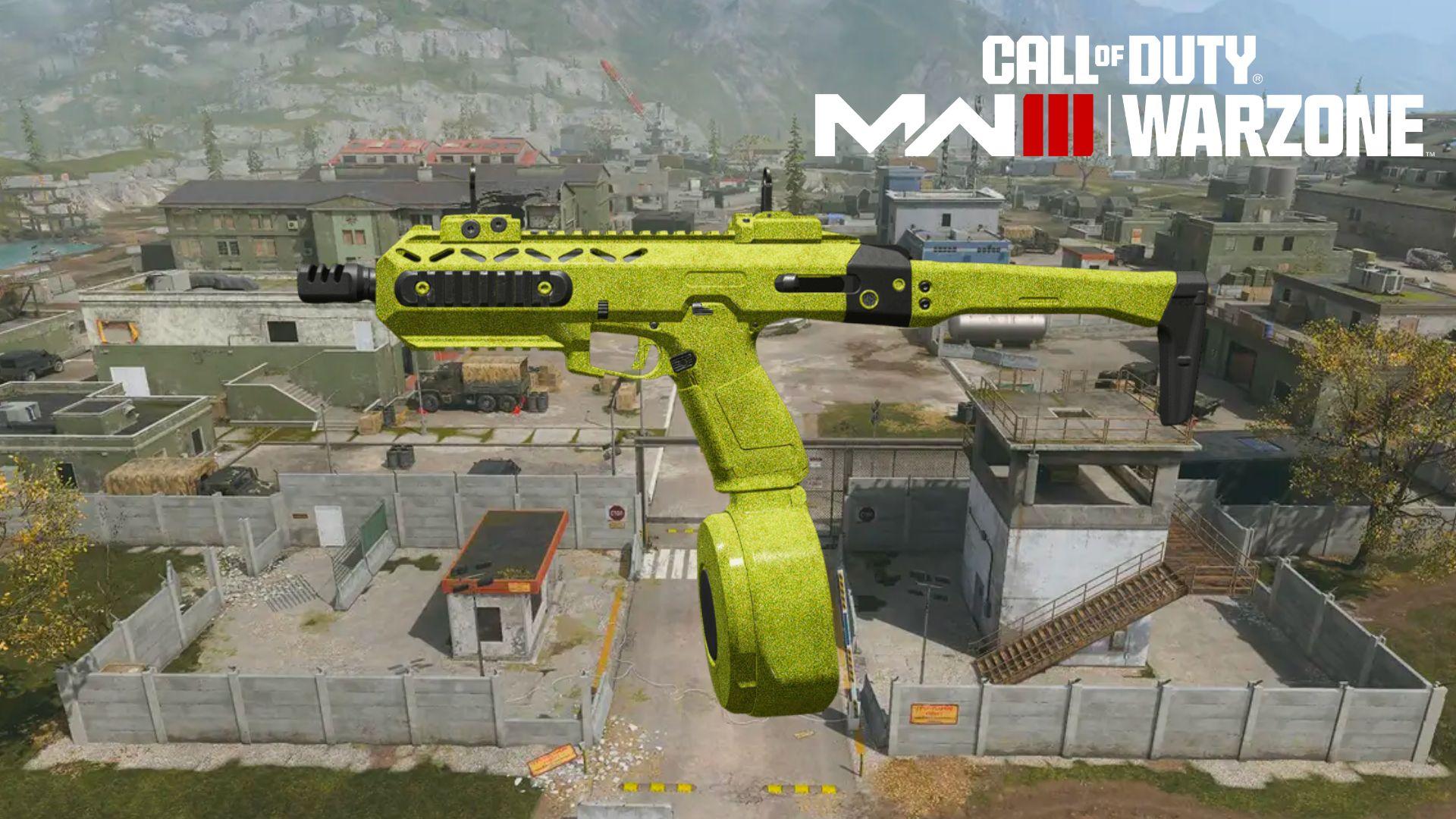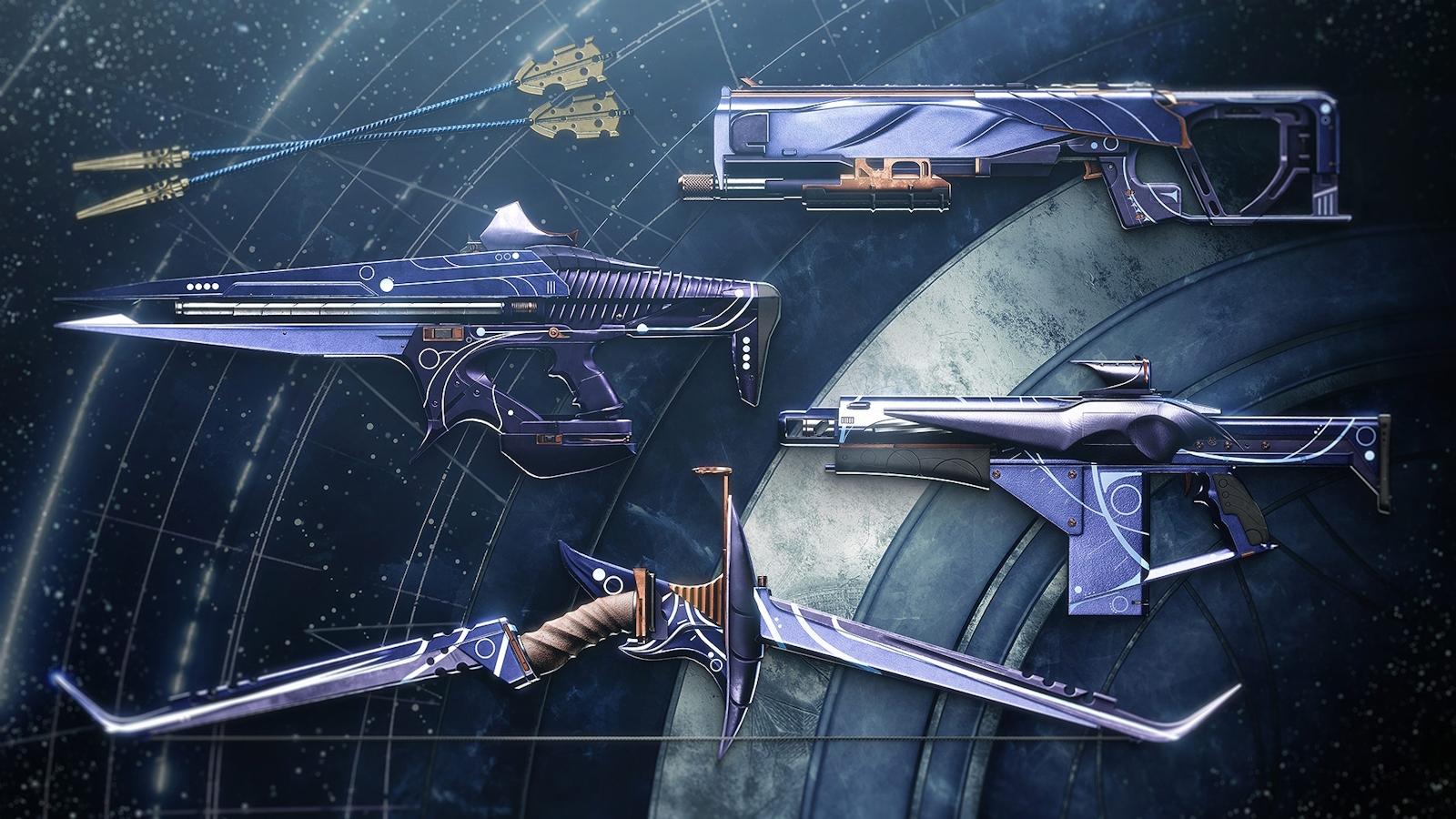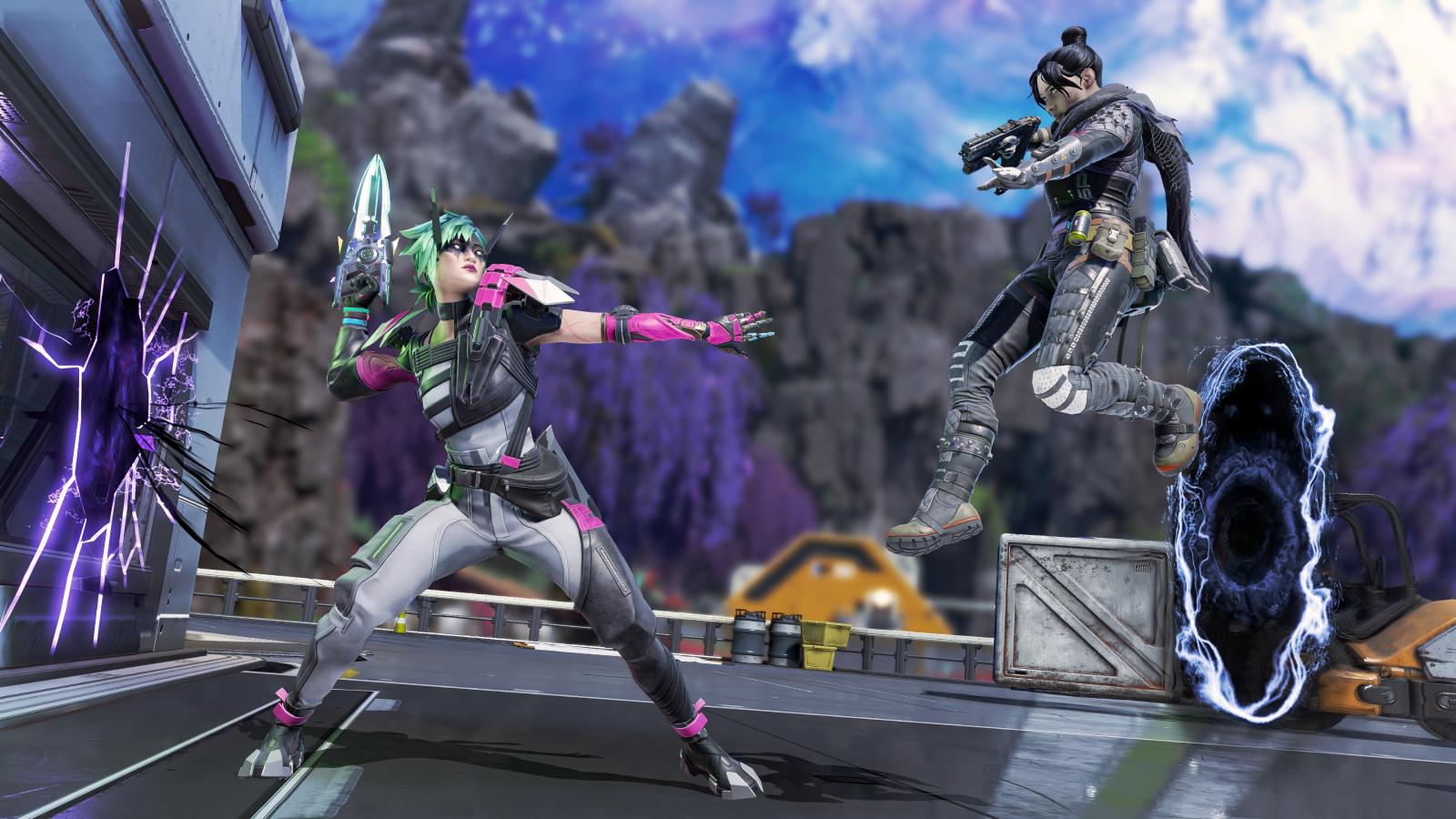God of War Ragnarok review: A stunning achievement in storytelling
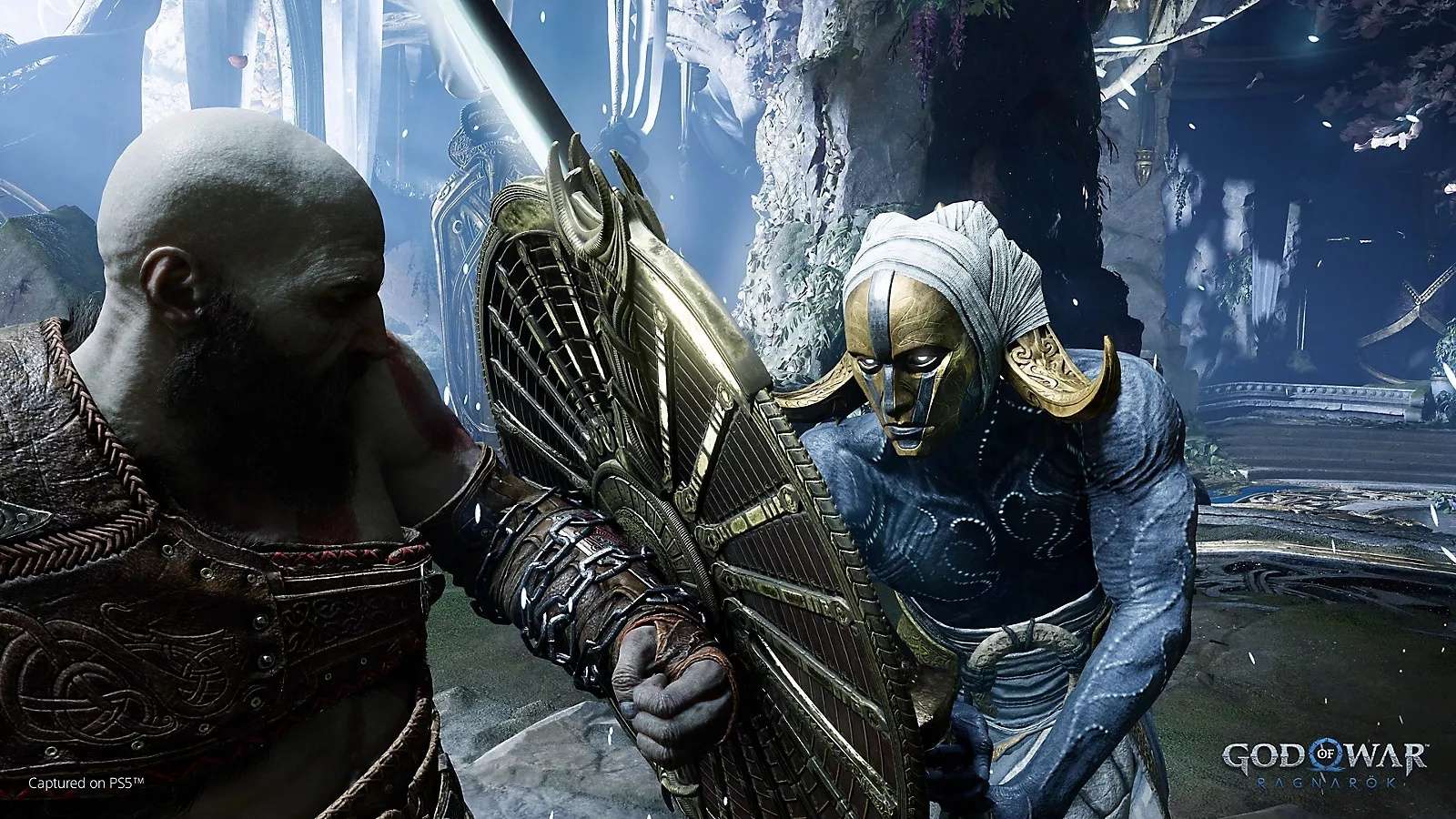 Sony
SonyGod of War Ragnarok is a triumph, and is easily reason enough to buy a PlayStation 5 thanks to a fantastic story, great characters, and combat that’s even better than its predecessor’s.
What makes a man? What makes a god? Those two questions are buried deep within God of War Ragnarok’s story, but there’s so much more than that, too. God of War’s 2018 soft reboot succeeded because it made Kratos more human than ever, and dealt with the familiar themes of grief and paternal love. It’s perhaps fitting then that Kratos and Atreus’s new journey, which takes them to new realms and wondrous worlds, also weaves in new elements — the concept of fate, human nature, and whether we are born to walk a certain path or choose our own.
Across its 35 to 40-hour journey, it constantly builds on its own rich world, introducing new lore, new concepts, new mechanics, and much more to build an unforgettable adventure that, when I finished it, had me feeling more than a little sad that it was over.
Note: We’ve done our best to keep this review spoiler free, but if you’re looking to go into the game without any prior knowledge, turn back just to be safe.
God of War Ragnarok: Key details
- Developer: Sony Santa Monica Studio
- Price: $69.99 USD / £69.99 GBP / $109.95 AUD
- Release Date: November 9, 2022
- Platforms: PlayStation 5 and PlayStation 4
God of War Ragnarok trailer
What is it good for?
As sequels constantly look to “go bigger”, Ragnarok starts small — reuniting with Kratos, Atreus, and Mimir in their cabin felt like meeting up with old friends. In our preview, I noted all I wanted after the 2018 reboot was to spend more time with these characters, and Ragnarok certainly delivers that.
After three years of Fimbulwinter, Kratos and Atreus have been dealing with near-constant attacks from the grieving Freya, a mother who buried her son, before Odin and Thor arrive offering peace and taking particular interest in Atreus. To spoil more would be wicked, but it’s clear from this early stage that God of War Ragnarok is happy to introduce more of its leading lineup of Norse gods.
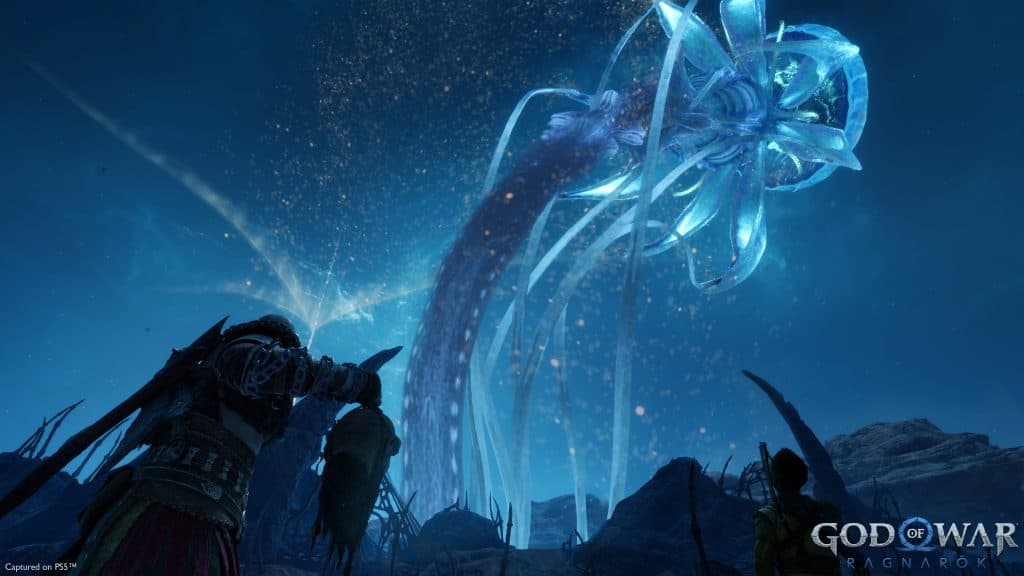 Sony
SonyMany deities that had only been mentioned in the last game are seen here, brought to life by nuanced and impressive performances. Much has been made of Thor, played by Sons of Anarchy’s Ryan Hurst, but it’s Richard Schiff of West Wing fame who is perfectly cast as Odin. Schiff’s portrayal of the Allfather is perfect, flitting between moments of calm to occasional outbursts and bristling with sarcasm. He’s an eccentric uncle one minute, then a welcoming father figure the next, and steals every scene.
That could be said about many of the cast, though, and maybe it was becoming a father myself in the years between God of War 2018 and Ragnarok, or the power of a new console generation, but Kratos and Atreus have never felt more like real people than they do here. The subtle furrowing of Kratos’ brow, the deep sigh of an unhappy Atreus, or the way both battle through complex themes is palpable.
 Sony
SonyThroughout its lengthy story, God of War Ragnarok weaves its central pairing into every part of its world, building relationships with almost every character around them in a believable way. Much of the game’s central through-line is the concept of outrunning fate — are we destined to do the things we do, and how much of our free will is an illusion? This often sobering and always weighty debate spreads like a vine throughout most facets of Ragnarok’s story, intertwining itself with not just forgiveness, but whether hate can outweigh it in a way that feels like a companion piece to The Last of Us 2.
Nowhere are these tangled threads of human emotion felt more than in Freya’s story, though, as she reckons with anguish, anger, forgiveness, and betrayal in a way that feels earned, not just convenient for the plot. That’s not to say there aren’t some conveniences, but as a realm-trotting yarn that spans worlds we dreamt of seeing in the 2018 game, Ragnarok’s scale is almost unmatched.
Gods are relatable characters, with desires, complex backstories, and family feuds that make them feel partway between Game of Thrones characters and a celestial soap opera. Even in scenes where Kratos takes a backseat, I found myself glued to the screen as mythological beings argued about family politics.
 Sony
SonyAnd yet, throughout all of these deep-seated discussions, there’s more to uncover, more to digest, and more that’s sure to light up forums for years to come. Every journey with God of War Ragnarok will be a personal one, and there’s something incredibly beautiful in that. It’s a game that leads its audience by the hand through mystical worlds, but lets them draw their own conclusion as to why.
A Realm Royale
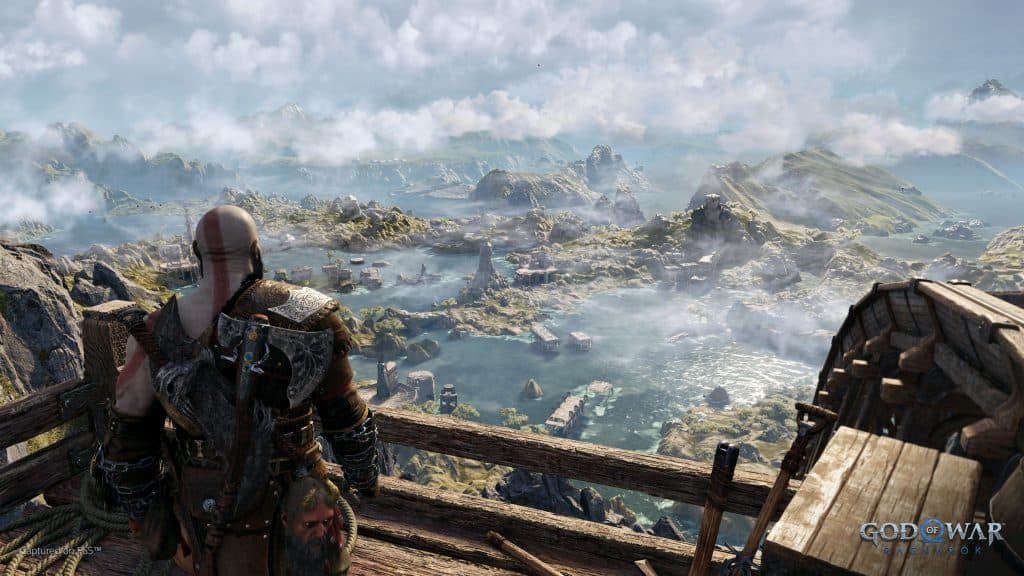 Sony
SonySpeaking of beauty, God of War Ragnarok is a stunning technical showcase for the PlayStation 5. Whereas the last game saw Atreus and Kratos head to many of the nine realms, Ragnarok removes the shackles — it’s not open-world, instead following a structure closer to Insomniac’s Ratchet & Clank: Rift Apart.
Everywhere in each sprawling section, there are side quests to undertake, often including some of the game’s most memorable dialogue, ranging from monsters to slay to helping locals, and it helps each realm feel distinct in a way that makes them feel less like “ice realm”, “fire realm”, “elf realm” like they did last time around.
After 35 hours, I had plenty more to complete aside from the main quest, and new combat trials with tougher enemies can be sought out, too, which was a pleasure to do thanks to God of War Ragnarok’s superlative combat.
Almost every button on the Dualsense controller is used for something that can lay waste to the various monsters of the nine realms, building on everything Kratos learned last time around to provide one of the best third-person combat systems I’ve played.
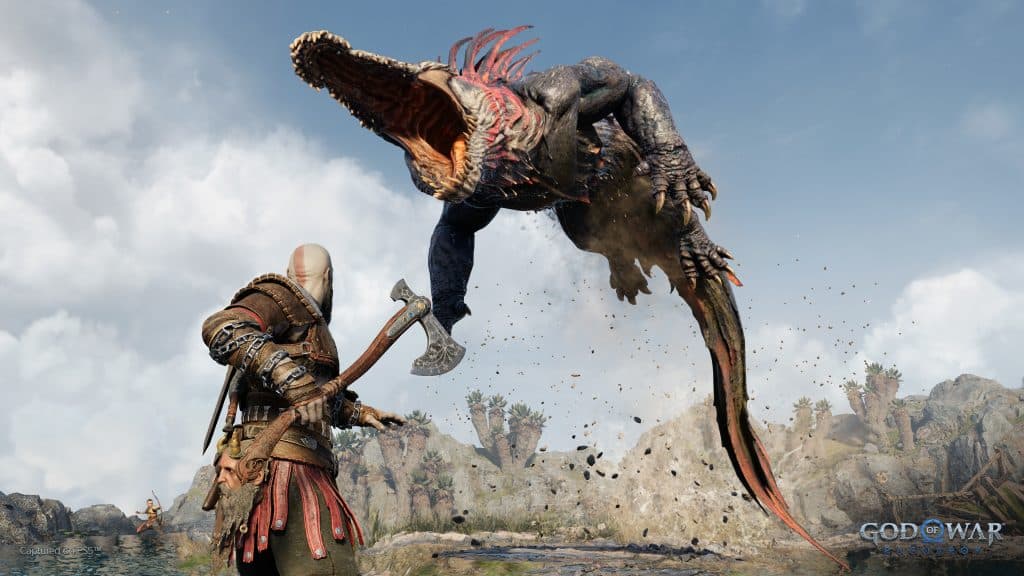 Sony
SonyTake the Blades of Chaos, for example, which made a surprise reappearance in the last game. Since Kratos begins the game with these, and his Leviathan Axe, he’s able to switch between the two from the jump. That’s helpful this time around because some enemies have shields that need to be worn down by either fire or ice.
Each of Kratos’ weapons can now be charged by holding triangle, increasing the burn or freeze damage, and the vast skill tree allows for ever more flashy moves. They don’t get much flashier than runic attacks, of which there are plenty of new additions. Add in the Dualsense controller’s improved haptics and there really is nothing better outside of Elden Ring.
The combination of multiple weapons and abilities, a new shield strike that breaks guard, parrying attacks and gruesome finishers make Ragnarok one of the best-feeling games since, well, 2018. Pair that with the feedback of the Dualsense, immaculate audio design (particularly for those using a headset capable of 3D audio) and the subtle pauses and nuances of the animation on show and God of War Ragnarok becomes the blueprint for third-person action games going forward.
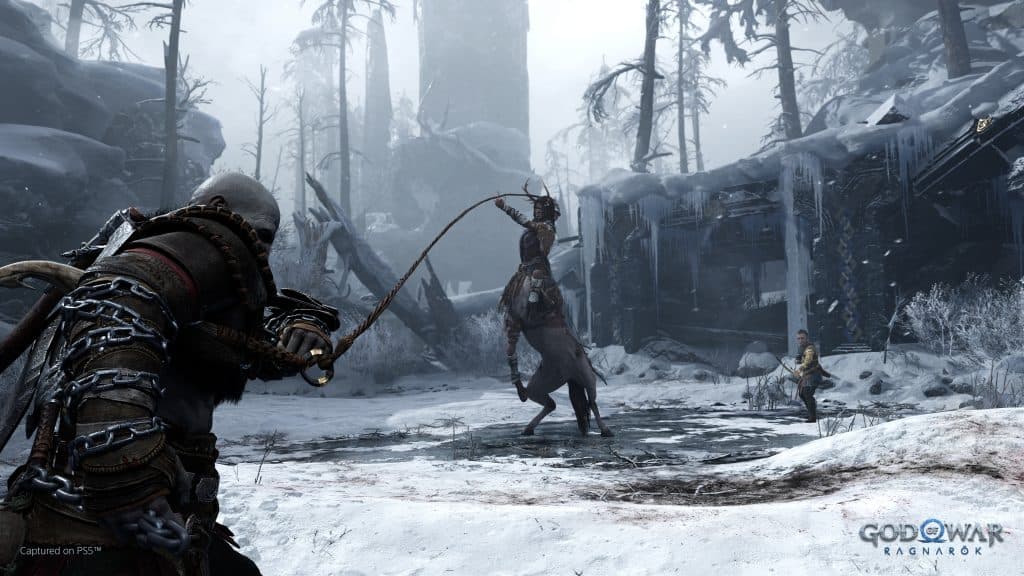 Sony
SonyThankfully, God of War Ragnarok rolls these mechanics out slowly and ties many of them to exploration, Metroid style. New abilities for Kratos or Atreus may be great for tearing through Draugr, but they may also open up a new path. Few games have rewarded my curiosity like this, and knowing I didn’t have the right tool to unlock something only made me much more determined to return to it later.
Puzzles perfectly walk the line between being challenging and making you feel like a genius when solving them, and they’re certainly more devious than in the prior game thanks to an increased toolkit of weapons and abilities to help break up the monotony of freezing gears and setting brambles alight that started to creep in last time.
In fact, even as late as 30 hours into the game, God of War Ragnarok was continuing to introduce new elements and gameplay concepts that prevented things from feeling stale, even in areas I’d already visited.
Ragnarok and Roll
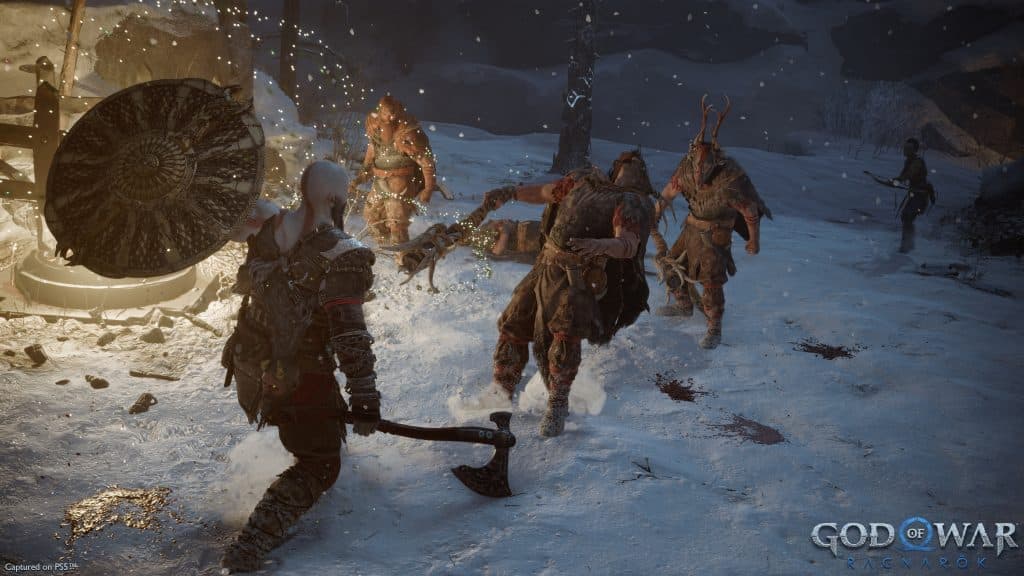 Sony
SonyBear McCreary is fast becoming a household name in video game music, but the soundtrack to Ragnarok may be the composer’s best work yet. The addition of new gods means McCreary can draw from new influences, with textured motifs and character themes that elevate the soundscape he founded the last game’s battles on.
It takes a lot to stand alongside the last game’s main musical theme, but multiple moments in God of War Ragnarok were taken to goosebumps-inducing levels thanks to the score.
The Verdict – 10/10
God of War Ragnarok is a complex, thoughtful game that takes everything that made its predecessor an unmissable experience to even greater heights. Its story is full of memorable characters, woven seamlessly into a series of worlds that feel more alive than ever, and its combat continues to add interesting new wrinkles dozens of hours in. Ragnarok is here, and it is glorious.
Reviewed on PlayStation 5
